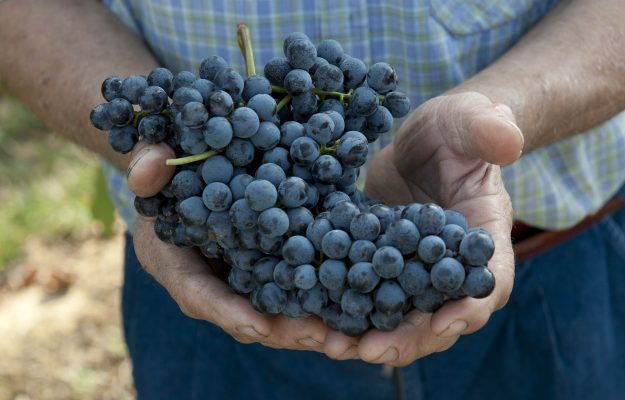A few days ago we saw the quotations of the bulk of the major designations of Italy (here), so the wines produced in recent vintages still in the cellar, at the end of 2019, but to get a more current idea of the performance of Italian wineries, we have to look at the average prices of the grapes of the last harvest, taken over and lined up by the Camera di Commercio and the Borsa Merci Telematica. The large production of grapes - combined with the large stocks of wine in the cellars - explain the absence of increases in wine grape prices that has been recorded in many production areas of our country, says the report “The prices of wine grapes surveyed by the Chambers of Commerce Harvest 2019”, with price lists showing important decreases for the prices of Veneto grapes, with a -21% on 2018 for grapes suitable for Amarone and Recioto (162 euros per quintal, which become 172.5 euros per quintal in the Classic zone), -14% for Glera grapes suitable for Prosecco Doc (92.80 euros per quintal) and -18% for grapes suitable for Prosecco Docg Conegliano – Valdobbiadene (127.5 euros per quintal).
Minus sign, in Piedmont, for the grapes of Dolcetto d'Alba, at -4% (90.70 euros per quintal), and Langhe Nebbiolo, at -26% (116.6 euros per quintal), while the grapes of Barbera d’Asti remain stable at 87.5 euros per quintal. In Lombardy, the prices of grapes suitable for the production of Franciacorta bubbles lose 2.6% (165.5 euros per quintal). In Emilia Romagna, prices of grapes suitablep for Lambrusco, both DOC (+48.3% to 48.3 euros per quintal) and IGT (+55.8% to 45.9 euros per quintal), rose sharply. Going down along the peninsula, in Tuscany the prices of grapes suitable for Chianti Classico grow by +2.2% (173.75 euros per quintal), while those of grapes suitable for Chianti Docg lose 21.5% (73.75 euros per quintal). The prices of Sangiovese grapes of Nobile di Montepulciano (165 euros per quintal) and Brunello di Montalcino (425 euros per quintal) are stable, as are those of Sagrantino (180 euros per quintal) and Torgiano Rosso Riserva (195 euros per quintal) in nearby Umbria. In Abruzzo, the prices of Montepulciano grapes (+22.6% to 50.38 euros per quintal) and Montepulciano Doc (+26.6% to 58.56 euros per quintal) are growing significantly. Finally, in Apulia the prices of Primitivo grapes increased by 1.4% (81.11 euros per quintal), while those of Negroamaro are stable at 55 euros per quintal.
Focus - Production and vineyards in Italy
National wine production in 2019, according to ISTAT data, slightly exceeded 49 million quintals, marking a 9% reduction on last year’s record year, when it exceeded 54 million tons. The values produced in the 2019 harvest, limited by the difficult weather conditions (especially in May), were within the average of the last five years. After last year’s abundant harvest, wine grape production dropped to 70 million quintals, a drop of 6.5% year-on-year, but remained above the average of the last decade. Moving on to the areas invested in wine grapes, there was no significant change for the Italian vineyard in 2019, with 632,000 hectares (+0.5% on 2018). Specifically, the contractions recorded for Sicily (almost 5,000 hectares less) and Piedmont (-1,000 hectares) were largely offset by the greater areas invested in wine grapes in Puglia (+1,500 hectares), Veneto (+5,000 hectares more) and Tuscany (+1,500 hectares). Despite the reduction, Sicily confirmed its position as the leading Italian region for areas under vines, with a share of 16% of the total. On the production side, Veneto (-21.6%, equal to almost 4 million quintals) and Emilia Romagna (-13.1%, equal to over 1 million quintals) were the two regions that suffered the greatest contraction in the quantity of wine grapes harvested in 2019 compared to 2018. Puglia, with 14.4 million quintals (+1.6%), confirmed its position as the first producing region.
Copyright © 2000/2025
Contatti: info@winenews.it
Seguici anche su Twitter: @WineNewsIt
Seguici anche su Facebook: @winenewsit
Questo articolo è tratto dall'archivio di WineNews - Tutti i diritti riservati - Copyright © 2000/2025








































































































































































































